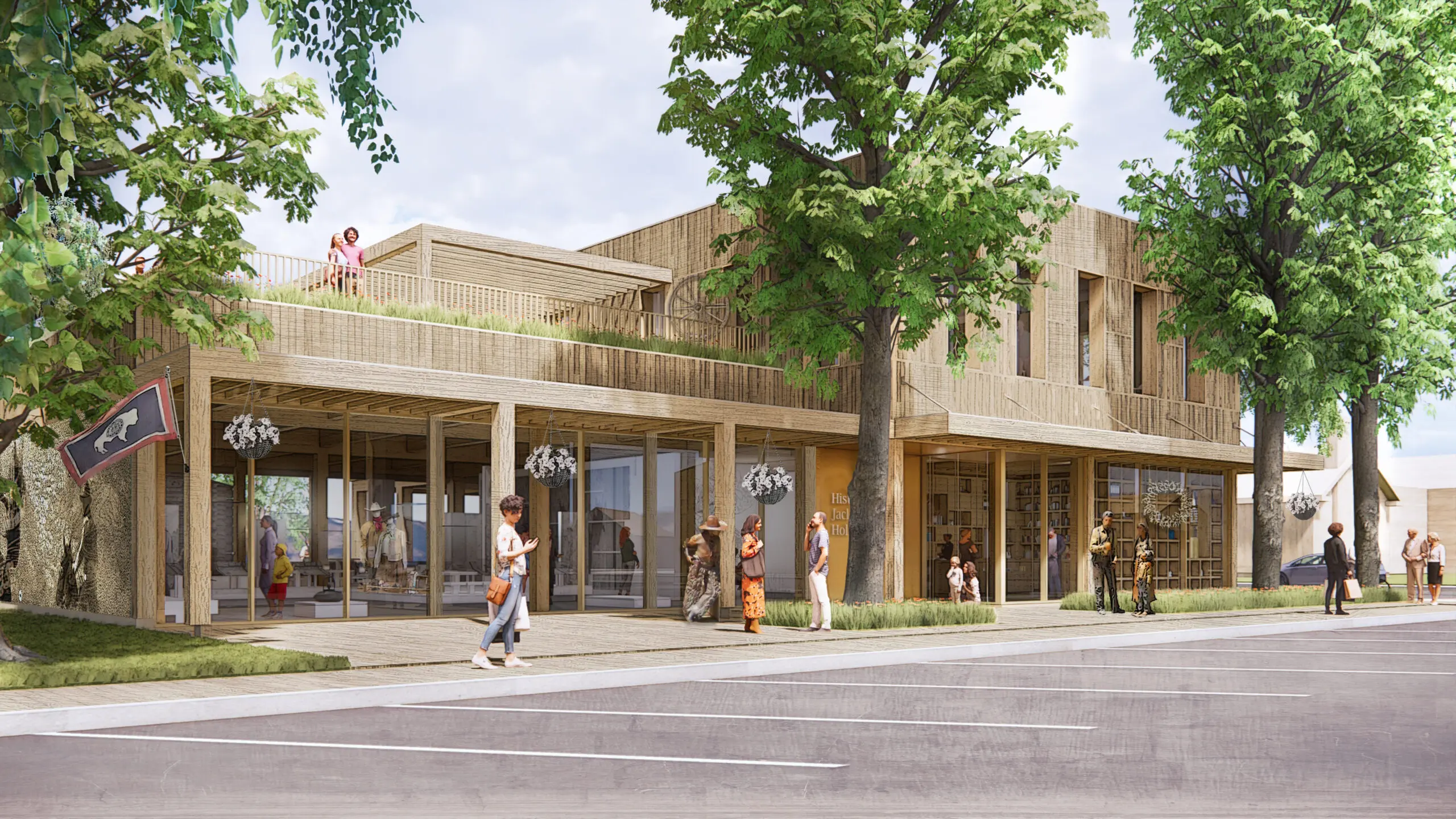The Museum
A History Hub
Designed by HGA, a national interdisciplinary design firm, in partnership with local architecture firm Prospect Studio, the History Museum Campus celebrates both form and function. The design and use of space is inspired by community input, historic downtown character, and the surrounding Greenspace.
The History Museum Campus was constructed by a local project team including Aufderheide Construction Management, Berning Project Management, Nelson Engineering, and a robust team of subcontractors.
Completed in 2024, the new History Museum Campus provides engaging exhibit, educational, and community gathering spaces with two exhibition galleries, archive center, education classroom, historic cabins, outdoor programming space, and museum store.
The project was funded by local tax initiative funds, the National Endowment for Humanities, Wyoming Cultural Trust Fund, and many generous individuals, families, and businesses.
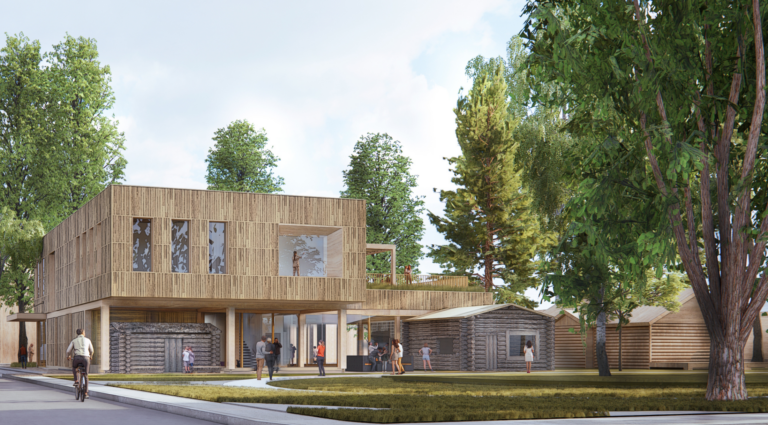

Mural Spotlight
Designed in consultation with Eastern Shoshone leaders, including Shoshone language preservationist Lynette St. Clair, the Museum Mural showcases the Shoshone Language (Newe Daygwap) and recognizes its importance as a cultural knowledge essential to Sosoree Newe (Shoshone Peoples) and their preservation of life and culture. Learn more about the mural, mural artist, and the Shoshone language HERE.

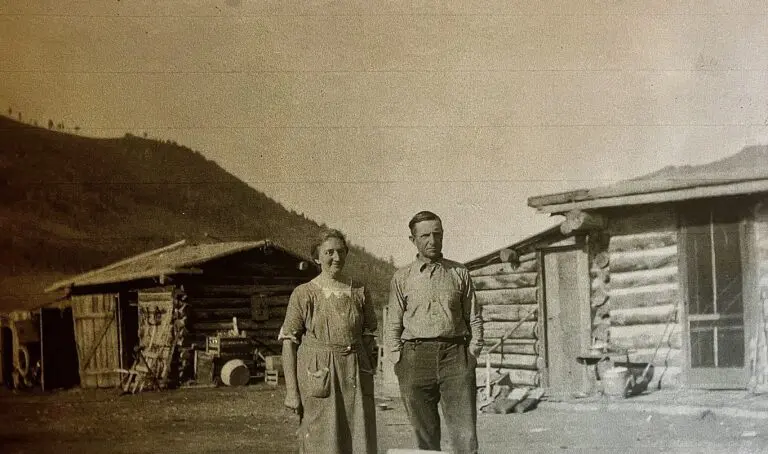
THe Historic Shane Tack & Saddle Shop
This historic log building was one of several structures built in the early 1950s for the set of Shane, a classic Western filmed in Jackson Hole. Inside the cabin explore the history of Hollywood in Jackson Hole.
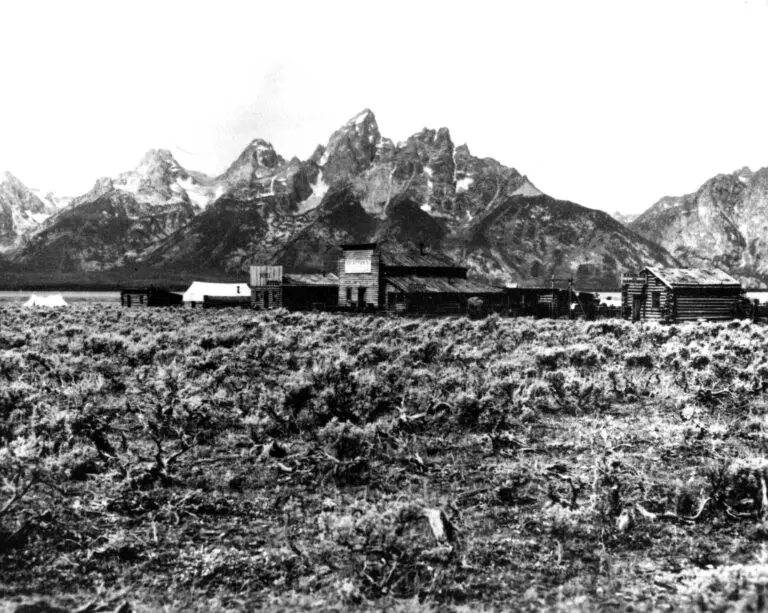
The Historic Karns Cabin
The Karns Cabin is the only surviving structure from the Karns homestead and an authentic illustration of our enduring pioneer spirit. The cabin’s saddle v-notched joints, where the logs come together, are unique for this area and indicate expert construction for its day. Peek in to see traditional homesteading tools and equipment.
Explore the Historic Block
from homestead to community Block
In 1910 Roy Van Vleck began construction on a modest log cabin on his homestead property in preparation for his upcoming marriage to Genevieve Lawton. Genevieve was a member of a wealthy middle-class family in Michigan and used to modern amenities like indoor plumbing. However, Genevieve shared the same pioneer spirit as her future husband, and embraced her rustic cabin and exterior “two-holer.”
In Jackson, Genevieve and Roy were active in the community. Their house had the only water well in town for several years, and neighbors were there daily to haul fresh water to their own homes. When they weren’t there for water, they were calling for the multiple organizations and boards the couple were involved in. Roy ran the first mercantile with his brother Frank, which they had previously opened in 1907. Genevieve joined the Pure Food Club, and Roy went on to hold several positions including Land Commissioner, undertaker, multiple community boards, and helped run the early rodeo. He helped start the Masonic Lodge, the Lions Club, and the Rotary Club. In 1920, Genevieve went on to make history when she was elected a town councilor alongside three other women, and a woman mayor.
Roy and Geneveive had two daughters, Jean and Stella, who built their own homes on the family’s property. The Van Vleck homestead was divided up and sold over the years but has retained several historic buildings and its historic landscape.
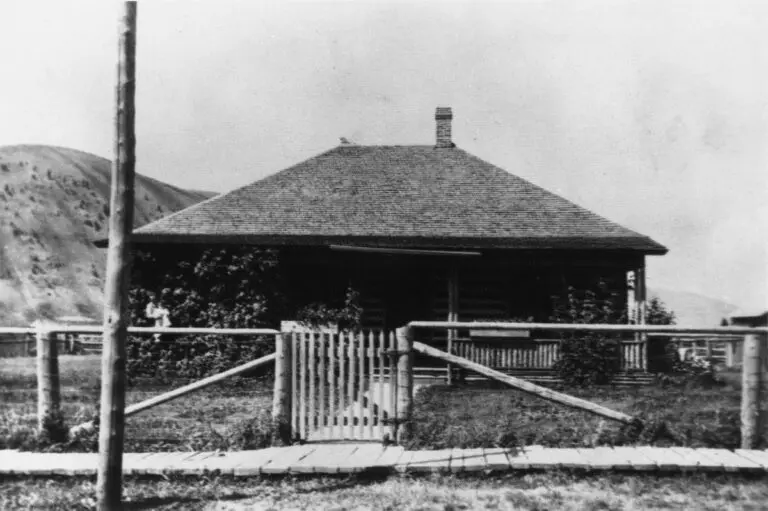
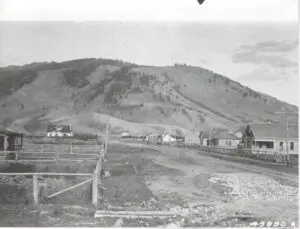
Save the Block
In the summer of 2019, the people of Jackson came together to Save the Block. Through an ambitious fundraising effort led by the Jackson Hole Land Trust, more than 2,500 community members rallied to protect the open space, historic character, and towering cottonwoods before they were lost forever to new, large-scale development
Today, the Block is subdivided into several parcels owned and operated by History Jackson Hole, the Jackson Hole Land Trust, and small local businesses. The properties are protected in perpetuity with conservation and historic preservation easements.
